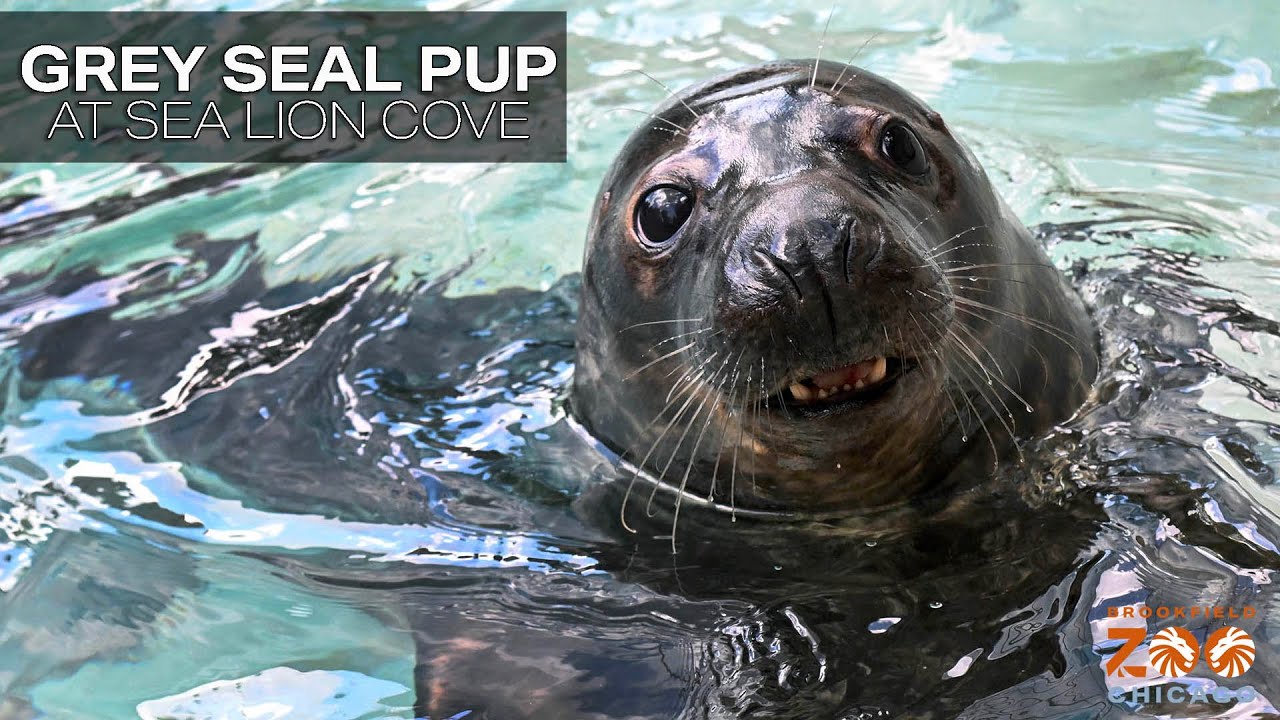- An introduction to the ecology and biology of the Grey Seal (Halichoerus grypus)
- The significance of the juvenile phase: focusing on Grey Seal pups
- Characteristics and behavior of Grey Seal pups in their natural habitat
- Threats facing Grey Seal populations and conservation strategies
- The role of zoos and sanctuaries in Grey Seal conservation efforts
Grey seals, scientifically known as Halichoerus grypus, are marine mammals found along the North Atlantic’s rocky coastlines. Their striking features and playful nature have captured the hearts of wildlife enthusiasts and researchers alike. One of these creatures’ most captivating life stages is their pup phase, where Grey Seal pups display unique behaviors and characteristics well-adapted to their environments.
These mammals are polygynous, with males often siring offspring with multiple females during the breeding season. After a gestation period of about 11 months, the mothers give birth to furry white pups, usually on secluded beaches or hidden coves away from predation and disturbances. These pups are born with a significant layer of fat and a dense, white natal coat, which insulates them in the chilly coastal climates until they molt and develop their waterproof adult fur.
During the initial weeks, a Grey Seal pup relies heavily on its mother’s milk, which is rich in fat and crucial for its rapid growth. Nursing lasts approximately three weeks, during which the pup can quadruple its birth weight. After this brief period, the mother weans her pup, leaving it to fend for itself. This critical abandonment phase forces the young seal to learn vital survival skills, including foraging and swimming, to prepare for an independent life at sea.
One may note its curious and investigative behaviors when observing a Grey Seal pup outside its typical environment, perhaps on a beach or amidst shallow waters. The young seals often scan their surroundings, using their sensitive whiskers and acute hearing to detect predators and prey. At this vulnerable stage, they must balance their curiosity with a natural wariness that protects them from threats.
One of the primary dangers to Grey Seal pups is from natural predators, such as orcas and large sharks. However, in modern times, human activities pose an even greater risk. They face habitat disturbance, entanglement in fishing gear, and marine pollution, all of which can reduce population numbers. Moreover, climate change impacts their environment, potentially altering prey availability and breeding site locations.
The conservation of Grey Seal populations has become a pressing concern for wildlife managers. Conservation strategies often include monitoring critical habitats, implementing regulations to reduce bycatch and entanglement, and enforcing protected areas where seals can breed without disturbance.
Furthermore, zoos and marine sanctuaries are pivotal in the conservation and awareness-raising efforts regarding Grey Seals. They provide medical care for stranded or injured pups, contributing to rehabilitation and research. Through educational programs, they disseminate information about the seal’s ecological role and the importance of ocean health, fostering a connection between the public and marine wildlife conservation.
In-depth research and sustained conservation efforts are essential to protecting Grey Seal pups and ensuring the future of their populations. With continued support and understanding, this species can continue to thrive in the wild, contributing to the health and balance of marine ecosystems. Through active and informed engagement, everyone can play a role in safeguarding the future of the Grey Seal and its habitat.
*****
Source Description
Our 3-month-old grey seal pup is doing great, and can now be seen outside at Sea Lion Cove! He’s living with several other grey seals, but you can still tell that he’s the smallest among them. He’s starting to participate in training sessions, learning behaviors like “follow” and “haul out.”
For more information, please visit www.brookfieldzoo.org

